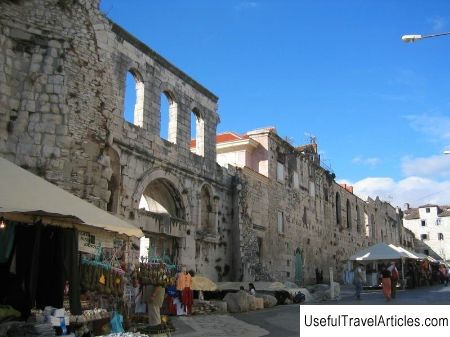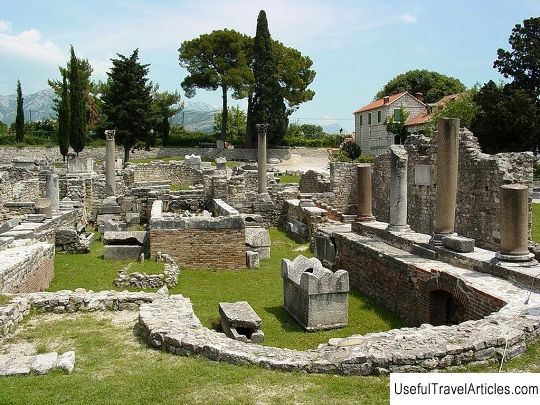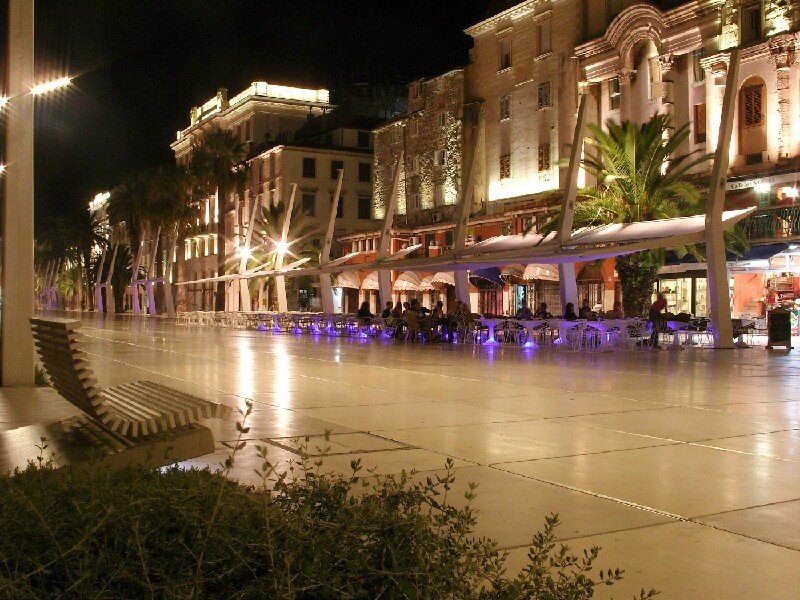Diocletian's Palace in Croatia, Zagreb resort
Rating: 8,4/10 (455 votes)  Diocletian's Palace is a Roman palace built in the 3rd century AD by the order of Emperor Diocletian. The palace was built by architects Zotikos and Filotas in the style of a Roman military camp. In this palace Diocletian lived the last years of his life (8 years). After the death of the emperor, the palace served as the seat of the government and the administrative center. In 615, it acted as a refuge for the inhabitants of Salona, when their hometown was plundered by barbarians. Diocletian's palace originally had the shape of an irregular quadrangle. It occupied an area of more than 30 thousand square meters, the length of its walls was more than 800 meters, the height of the walls reached 20 meters. There were powerful tetrahedral towers at each corner. In total, the palace was defended by 16 towers, only 3 have survived to this day. You could get into the palace through the gates, there were 4 of them, and each of them had its own name: Gold, Silver, Bronze and Iron. Only the Iron Gates have survived to this day in very good condition, the Gold and Silver Gates are only partially preserved. In 1979, Diocletian's Palace was included in the UNESCO World Heritage List. In the central part of Diocletian's palace there is the baptistery of St. John, which was consecrated in the 6th century. In ancient times, on the site of the baptistery there was a Roman sanctuary called the Temple of Jupiter. Near the extreme wall stands the statue of St. John, which was created by Ivan Mestrovich. Of great interest is a font with a panel, where King Zvonomir and his dignitaries are depicted. The baptistery contains the tombs of Bishop John (VIII century) and Bishop Lawrence (XI century). The museum of the city of Split is located on the territory of the palace. It is housed in the former Papal Palace. The museum was founded in 1946. The museum is famous for its collection of books that tell about the history of Split from the 12th to the 18th century. Visitors are very attracted to the collection of weapons dating back to the 15th-18th centuries.   
We also recommend reading Croatian Museum of Naive Art in Croatia, Zagreb resort Topic: Diocletian's Palace in Croatia, Zagreb resort. |




